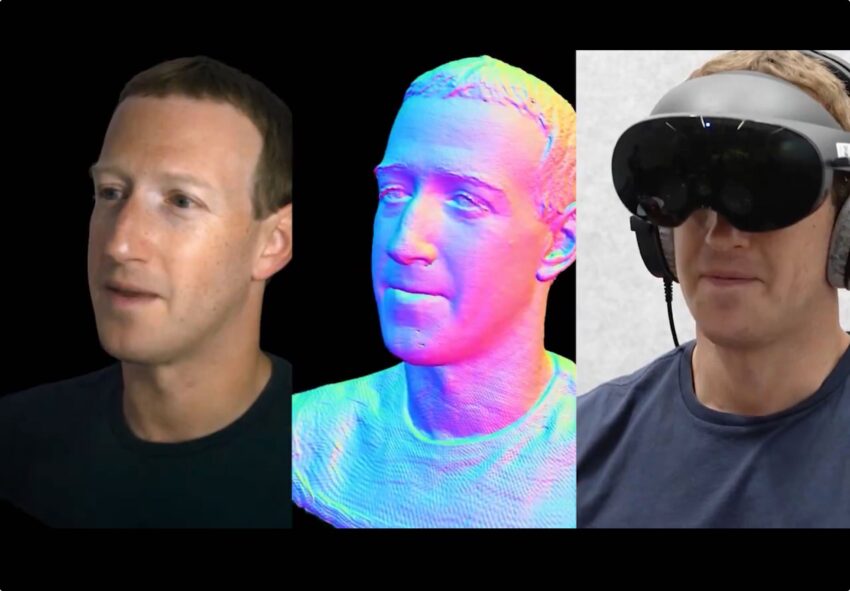Mark Zuckerberg unveiled Meta’s developments in photorealistic avatar development in a conversation with Lex Fridman. The technology uses special headsets and relies on noise-canceling headphones to improve immersion.
Despite previous ridicule over its apparent failed ambitions in the metaverse, Meta has progressed significantly in the development of avatars. CEO Mark Zuckerberg presented a state-of-the-art rendering of himself and podcaster Lex Friedman through Meta’s Quest 3 headset.
Meta Uses Advanced 3D Encoding Instead of Cartoons
The photorealistic depictions are the fruit of Meta’s Codec Avatar research that uses headsets to track facial expressions. Rather than mapping movements onto a crude 3D graphic, the codec encodes and compresses real-time facial data with Codec Avatar to send a realistic image to the other user.
Fridman said of the interaction:
“This really the most incredible thing I’ve ever seen.”

The interview was lauded on social media. Coder Jelle Prins wrote:
“Nine minutes into the Lex/Mark metaverse podcast, I completely forgot I was observing avatars.”
According to Zuckerberg, the technology is not consumer-ready since it relies on sophisticated artificial intelligence models and expensive head-scanning equipment. However, he said the company’s
Go to Source to See Full Article
Author: David Thomas






